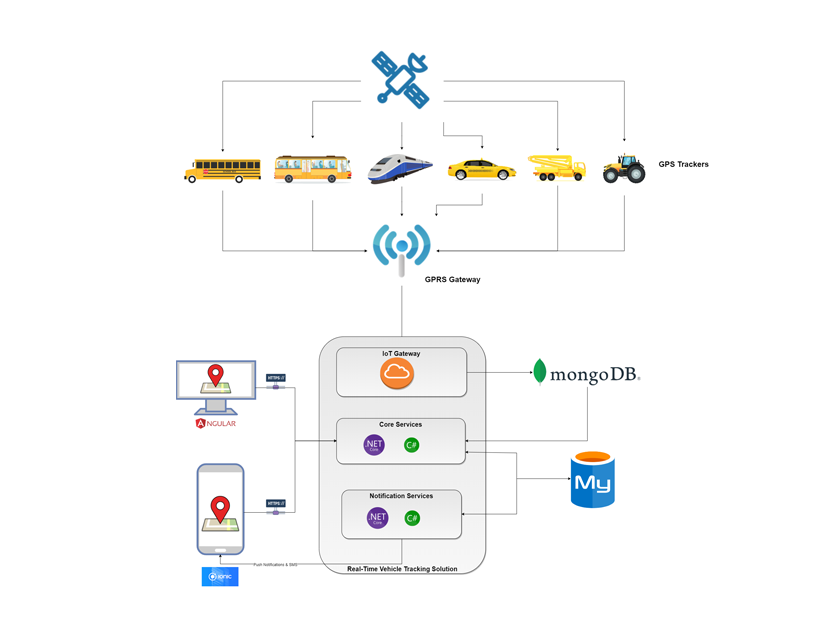
Our Geographic Information System (GIS) enables district election officials to provide improved and accurate geo spatial information of polling booth locations along with section and part boundaries. The GIS application wears a very intuitive and easy to use user interface. It caters to different types of users such as Block Level Officers (BLO), Operators and Programmers to easily draw, edit and update boundary data.
The application doesn’t stop at just capturing the boundaries, users will be able to store more details against a polling station such as the Assured Minimum Facility (AMF) and it is possible to store a front view and a Computer-Aided Design (CAD) diagram too.
The GIS solution has built-in functionality for an extensive data approval workflow by various stake holders like the Electoral Registration Officers (EROs), Assistant Electoral Registration Officers (AEROs) and Deputy Electoral Registration Officers (DEOs) to validate and confirm the boundaries created by the field team.
The solution is built using open source tools and technologies. It can be hosted in-house or deployed in cloud platforms. The architecture of GIS is illustrated in the following diagram.

The core components of GIS are as follows:
The key features of the GIS solution are: